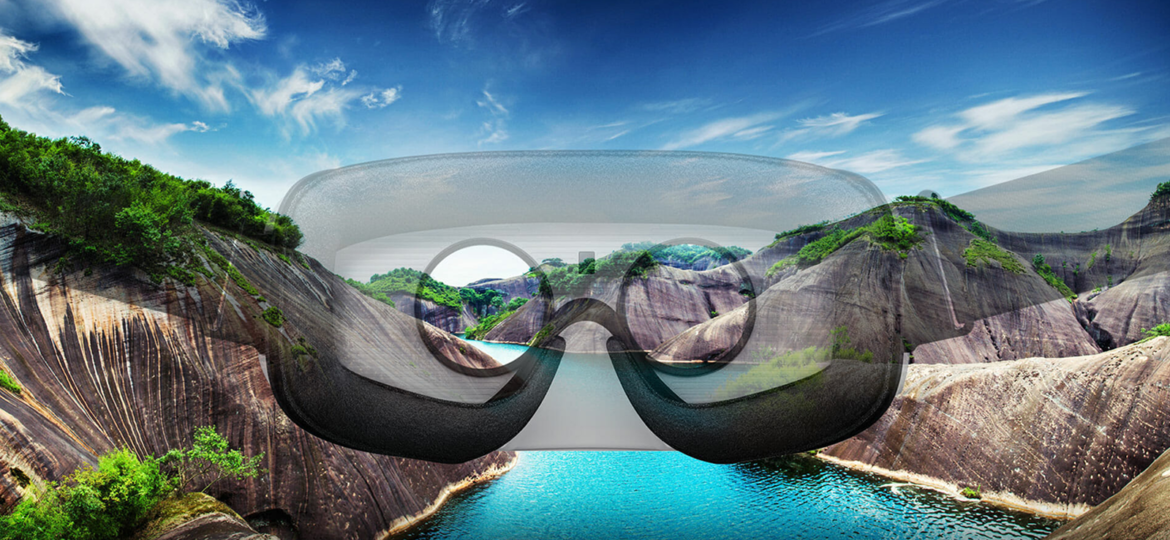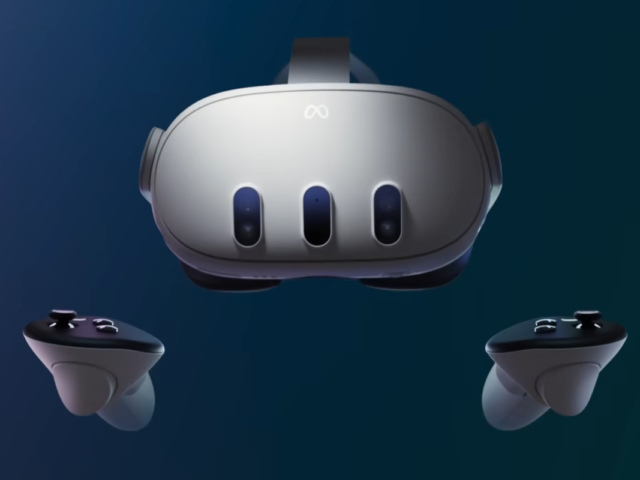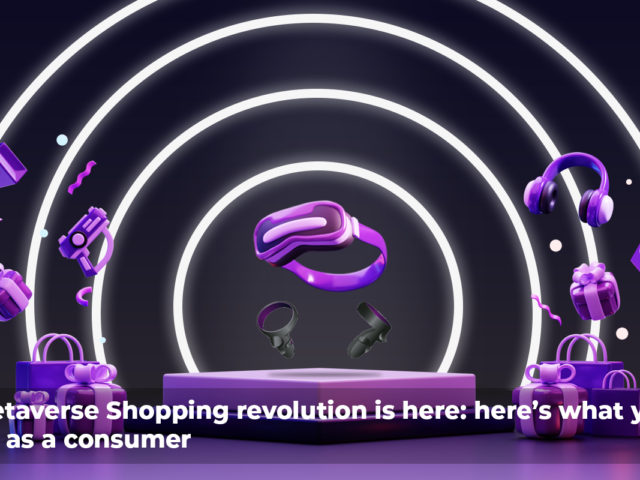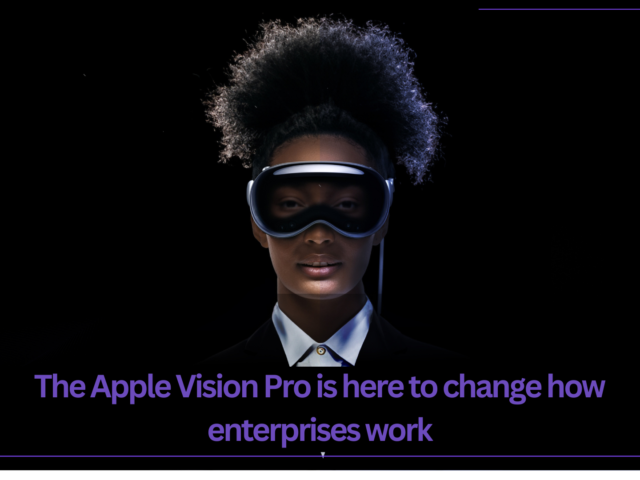
360 Video Vs. VR- which one should you choose for your business?
Introduction:
In the ever-evolving world of immersive technology, terms like 360-degree video and virtual reality (VR) are often used interchangeably, and to be fair the differences can be subtle. However, it is important for enterprises to understand them. In this article, we explore the divergences between 360 videos and VR, highlighting their unique characteristics and potential benefits.
1. Creation
360 videos rely on capturing footage of the real world, allowing viewers to observe the environment from different angles within a spherical space. Special cameras equipped with multiple lenses capture scenes simultaneously, and this footage is then stitched together to enable a comprehensive view. While 360 videos can use digitally rendered environments, they usually focus on real-world footage.
In contrast, VR creates fully immersive, computer-generated environments designed to replicate the look and feel of the physical world. These virtual realms are built using sophisticated software like Unity and Unreal Engine, providing users with an interactive experience that mimics details from the real world accurately.
2. Freedom of Movement
When it comes to consuming content, 360 videos provide a visually captivating experience but restrict viewers to a fixed perspective within the video. Although they are immersive, the viewer’s freedom is limited to exploring the predefined footage. For instance, looking around corners or changing viewing angles is usually not possible.
On the other hand, VR offers a more dynamic and interactive experience. Users can not only change their perspective but also move within the virtual environment, mimicking real-life experiences. By exploring and interacting with the virtual world, users can gain a deeper understanding of complex processes or practice critical skills. VR empowers users to manipulate objects, open doors, or perform actions that progress the predefined storyline, resulting in engaging and informative experiences.
3. The Experience
360 videos provide an immersive means of content consumption, allowing viewers to experience the filmmaker’s artistic vision. Although the storyline remains fixed, viewers can immerse themselves in a movie-like environment, enhancing the overall viewing experience.
In contrast, 3D VR delivers a truly interactive experience, enabling users to explore and shape the virtual world. This interactivity lends itself well to training simulations or educational experiences. By actively participating in the digital environment, users can acquire practical skills or undergo immersive training that is both engaging and effective.
Choosing the Right Path for Your Enterprise:
Both 360-degree videos and 3D VR offer distinct advantages for large enterprises, depending on their specific needs. But which one should you choose for your enterprise? Well, it comes down to how involved you want your user to be.
360 Videos offer passive immersion
360 videos are ideal for situations where passive immersion is desired. For example, employee onboarding programs or virtual factory tours can leverage 360 videos to provide a realistic and immersive experience without requiring active user engagement. These videos serve as effective tools for introducing new hires to company culture or showcasing production processes.
VR allows for Active Interaction
When active user interaction and engagement are paramount, 3D VR emerges as the preferred choice. Large enterprises can leverage VR to train employees on safety protocols, machinery operations, or standard operating procedures. By simulating real-life scenarios, employees can practice skills, make critical decisions, and experience the consequences of their actions in a risk-free environment.
In conclusion, while 360-degree videos and 3D VR share similarities, their distinct characteristics make them suitable for different applications within large enterprises. Understanding the unique features of each technology empowers organizations to make informed decisions when implementing immersive experiences. By carefully considering the objectives, desired level of interactivity, and target audience, enterprises can harness the power of 360 videos or 3D VR to deliver impactful and tailored experiences that align with their specific goals.
Want to know more about how your enterprise can leverage VR and 360 videos? Book a free consultation today at +91 7845863639 or hello@xrlabs.co.
Related articles
Get ready for the next generation of immersive experiences! Explore what’s in store with Meta Quest 3, Meta’s latest XR headset. Don’t miss out!
The Metaverse has emerged as a force to be reckoned with in our ever-evolving digital landscape, revolutionizing the way businesses engage their customers. And one arena they have begun exploring in gusto is shopping.
Now, nearly 40 years later, we find ourselves on the cusp of yet another reinvention of the personal computer, once again by Apple. It is speculated that the company will debut its much awaited XR headset at its Worldwide Developers Conference on June 5th.



